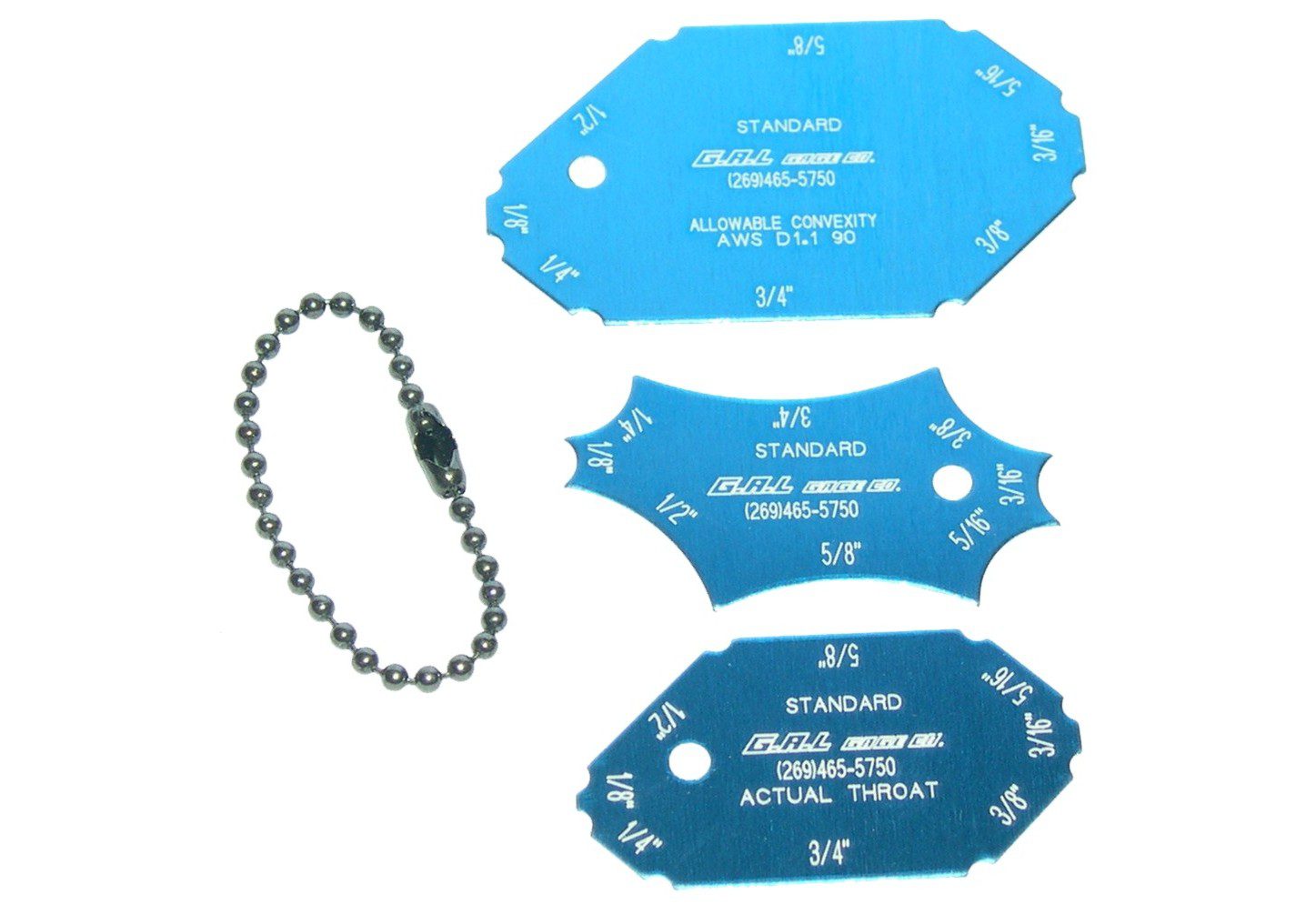The Ultimate Overview to Fillet Weld High Quality Control: Ensuring Toughness and Resilience in Your Welded Joints
In the world of welding, making sure the strength and durability of fillet welds is vital for the stability of bonded joints. The top quality control procedures carried out throughout the welding process can substantially influence the structural stability of the final product. From the option of ideal products to the meticulous inspection of welds, each action plays an important role in determining the general high quality of the weld joint. As we start this expedition of fillet weld quality assurance, we will certainly reveal necessary factors that affect weld stamina, explore effective evaluation methods, and discuss techniques for protecting against usual weld flaws. Keep tuned to find exactly how mastering these techniques can raise the durability and reliability of your welded joints.
Importance of Fillet Weld Quality Control
Ensuring appropriate fillet weld quality control is vital in guaranteeing the architectural honesty and longevity of bonded components in different markets. Fillet welds are generally used in structural steelwork, bridges, stress vessels, pipelines, and other vital framework where the strength of the weld is vital to total safety and performance. Quality assurance actions such as visual examinations, non-destructive screening, and adherence to welding procedures aid recognize possible problems like absence of combination, insufficient penetration, undercutting, or too much reinforcement.
Trick Aspects Affecting Weld Strength
Achieving optimum weld toughness calls for mindful consideration of various vital variables that affect the honesty and resilience of the bonded joint. The very first essential element is correct joint prep work, which includes cleaning up the base metals to remove any type of contaminants that can deteriorate the weld. In addition, the fit-up of the joint is vital to guarantee correct infiltration and fusion of the filler product.
The option of the ideal welding strategy and criteria additionally plays a considerable duty in identifying weld strength. Variables such as heat input, travel rate, and electrode angle can impact the quality of the weld. Moreover, keeping the appropriate interpass temperature during multi-pass welding is crucial to avoid cracking and ensure a solid bond between the layers.
Moreover, the choice of filler product and its compatibility with the base steels is critical for attaining high weld toughness. Utilizing filler material with the appropriate mechanical buildings can improve the overall stability of the weld. Post-weld heat therapy and appropriate inspection strategies are crucial actions in making certain the strength and toughness of the bonded joint.
Examination Methods for Weld Integrity

Another vital evaluation approach is fluid penetrant testing, where a liquid dye is applied to the weld surface area - Gauge Fillet Weld. The dye seeps right into any kind of surface-breaking issues, making them visible under UV light. This approach works for detecting imperfections that may not be noticeable to the naked eye


Ultrasonic screening is also widely used for evaluating weld stability. High-frequency audio waves are directed into the weld, and any type of interruptions in the sound wave pattern suggest prospective flaws like splits or absence of blend.
These inspection techniques play a crucial duty in making sure the high quality and reliability of welds, ultimately adding to the total stamina and resilience of welded joints in industrial setups.
Preventing Common Weld Issues
In order to maintain the structural stability of welded joints in commercial applications, it is important to carry out preventative procedures to address common weld defects. One typical problem is lack of combination, where the filler material stops working to bond adequately with the base steels, resulting in weak areas in the weld. This can be stopped by guaranteeing appropriate warm control and using the correct welding method.
One more constant concern is porosity, triggered by gas entrapment in the weld steel throughout the welding process. To avoid this, it is necessary to clean up the base metals extensively, make use of completely dry electrodes, and maintain a suitable welding environment with appropriate air flow.
Furthermore, splits in welds can compromise the joint's strength. To prevent this issue, it is very important to control the air conditioning price after welding, use preheating when required, and pick proper welding specifications.
Enhancing Weld Resilience With Appropriate Methods
One crucial method to improve weld longevity is to make sure proper weld bead placement. By positioning the weld bead accurately within the joint, the weld's stamina and resistance to exhaustion can be dramatically enhanced.
Choosing the best filler steel and making certain the cleanliness of the base metals can protect against incorporations and other flaws that might compromise the weld's durability. By applying these appropriate strategies, the original source welders can ensure discover here that their welded joints exhibit remarkable toughness and sturdiness, satisfying the highest possible quality criteria.
Verdict
To conclude, preserving high top quality control criteria for fillet welds is critical for ensuring the toughness and sturdiness of bonded joints. By comprehending the key elements impacting weld toughness, utilizing inspection techniques for weld integrity, preventing common weld issues, and using appropriate strategies, welders can boost the general sturdiness of their welds. It is important to prioritize quality assurance actions to generate trusted and resilient welded joints.
In the world of welding, making sure the strength and durability of fillet welds is critical for the integrity of welded joints. As we begin on this exploration of fillet weld top quality control, we will certainly discover necessary elements that influence weld stamina, dive into efficient examination approaches, and go over strategies for protecting against usual weld flaws.Accomplishing ideal weld stamina calls for careful factor to consider this article of numerous crucial aspects that affect the integrity and durability of the welded joint (Gauge Fillet Weld).In verdict, maintaining high quality control standards for fillet welds is critical for guaranteeing the toughness and sturdiness of bonded joints. By comprehending the key elements influencing weld toughness, using assessment methods for weld honesty, protecting against typical weld issues, and utilizing correct techniques, welders can enhance the general toughness of their welds